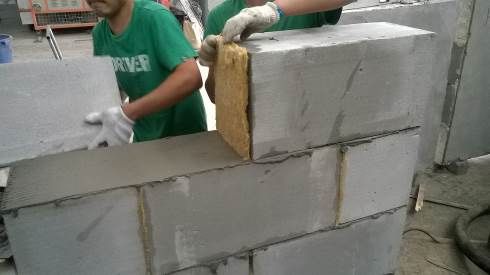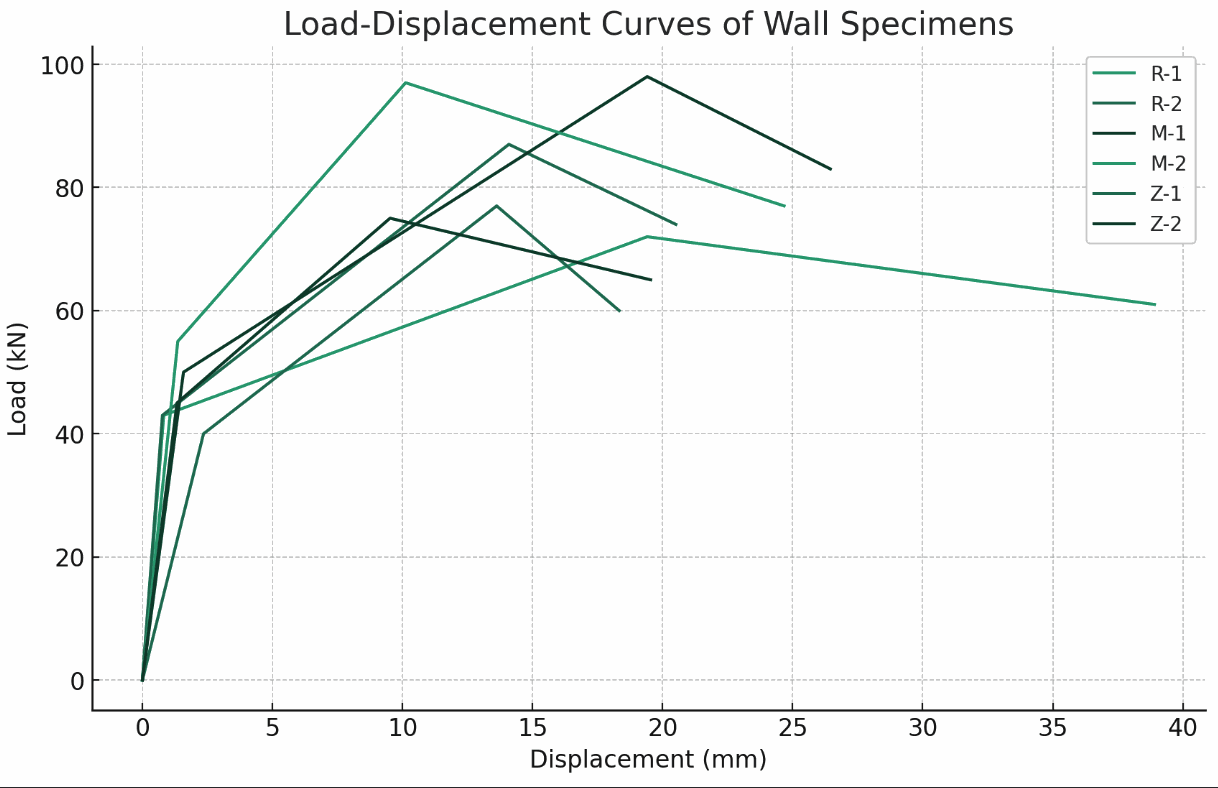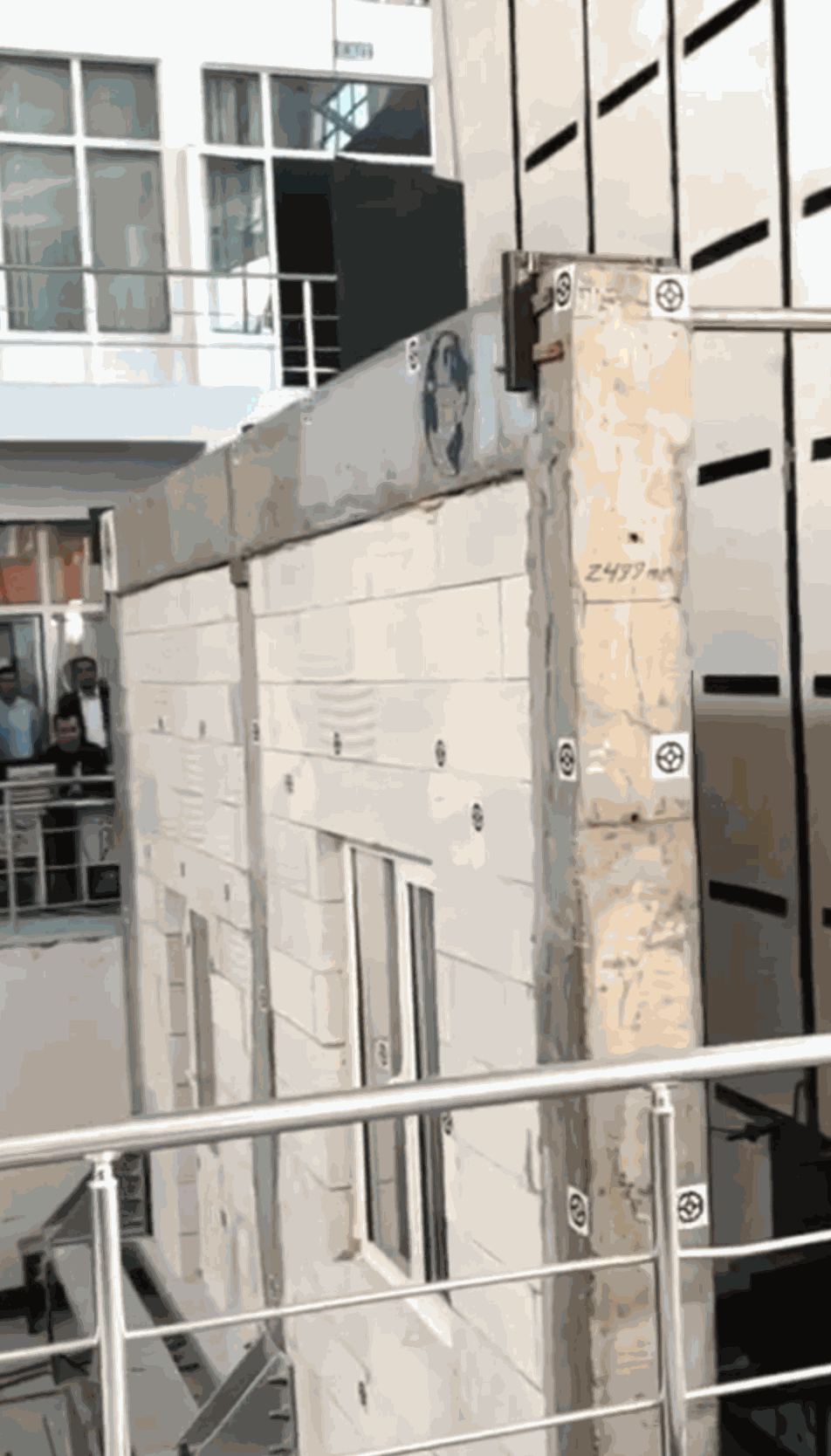Unveiling the Resilience of AAC Blocks: A Comprehensive Earthquake Test
Understanding the Earthquake Resistance of AAC Block Walls
Introduction
In the pursuit of constructing buildings that stand the test of time and nature, the importance of earthquake-resistant materials cannot be overstated. One such material that has gained prominence in the construction industry is Autoclaved Aerated Concrete (AAC). AAC blocks are known for their lightweight yet robust nature, making them an ideal choice for earthquake-prone regions. This article delves into the earthquake testing of AAC blocks, shedding light on their remarkable resilience
Because of its features, namely that it i self-lightweight and has a lower modulus of elasticity of the AAC, the steel and reinforced concrete frame structures with infill AAC block masonry walls have good earthquake resistance to diagonal cracking, corner crushing, and severe damage states.
Testing Procedures
The earthquake testing of AAC blocks involves subjecting them to controlled seismic vibrations in a laboratory setting. Engineers carefully monitor and analyze the blocks' behavior during these simulated earthquakes, considering factors such as acceleration, frequency, and amplitude. This rigorous testing process provides crucial insights into how AAC structures would perform during a real seismic event.


Critical Findings:
The recent study on the seismic performance of Autoclaved Aerated Concrete (AAC) self-insulation block walls offers vital insights into their structural integrity during earthquakes. This comprehensive research, conducted through pseudo-static tests on six AAC wall specimens, provides a detailed analysis of the behavior of these walls under seismic loads.
Load-Displacement Behavior: The study reported distinct load-displacement hysteretic curves, indicating good energy dissipation capacity and rational bearing capacity, despite internal failures due to lower strength.
Let's create the load-displacement curves for these wall specimens using the provided data.
R-1, R-2: Regular walls.
M-1, M-2: Walls with thin-layer mortar joints.
Z-1, Z-2: Walls with vertical joints filled by mineral wool plates.

The Load-Displacement curves for the six wall specimens (R-1, R-2, M-1, M-2, Z-1, Z-2) from the study are presented in the graph above. These curves illustrate how each type of wall responded to increasing loads in terms of displacement, showcasing the elastic, elasto-plastic, and damage stages of the walls under the applied loads:
The initial linear portion of each curve represents the elastic behavior of the walls where the displacement increases proportionally with the load.
The point where the curve starts deviating from linearity indicates the onset of cracking.
As the load increases further, the curve becomes more nonlinear, indicating elasto-plastic behavior with increasing residual displacement.
The point of maximum load on each curve represents the ultimate capacity of the wall, beyond which the load-bearing capacity starts decreasing, leading to damage.
Impact of Mortar Joints: The seismic performance varied with different mortar joints. Walls with thin-layer mortar joints displayed superior seismic performance compared to those with insulation mortar joints or vertical joints filled with mineral wool plates.
Stiffness and Energy Dissipation: The AAC walls demonstrated notable stiffness degeneration and energy dissipation capabilities, crucial for withstanding seismic forces.
Shear Resistance Prediction: The research also included a comparison of shear resistance with current design codes, highlighting the necessity of strength matching between AAC blocks and mortar for optimal seismic performance.
Implications for Construction and Design:
The findings emphasize the importance of selecting appropriate materials and construction techniques to enhance the seismic performance of structures.
The study provides valuable insights for engineers and architects in designing AAC block walls, considering the balance between strength, energy dissipation, and flexibility under seismic loads.
Quantitative Data:
Cracking load and displacement varied across different wall types.
Energy dissipation factors (ϕ) and equivalent viscous damping coefficients (ξeq) were calculated, showing variations based on mortar types and wall configurations.
This study underlines the significance of AAC self-insulation block walls in seismic zones and provides valuable data for enhancing construction standards and safety measures. For further detailed information and specific data points, the original study document is a comprehensive source.
References:
Ravichandran, S.S.; Klingner, R.E. Behavior of steel moment frames with autoclaved aerated concrete infills ACI Struct. J. 2012, 109, 83–90.
Sucuoglu, H.; Siddiqui, U.A. Pseudo-dynamic testing and analytical modeling of AAC infilled RC frames. J Earthq. Eng. 2014, 18, 1281–1301. Materials 2020, 13, 2942 13 of 13
Du, D.;Wang, S.; Li,W.; Xu, F.; Liu,W. Seismic Performance of the pre-fabricated steel frame infilled wit AAC wall panels and their joint connection: Full-scale shaking table test. J. Earthq. Tsunami 2019, 13, 1940004.
Watch
Earthquake Test on AAC Wall done by Japan
Earthquake Test on AAC Wall done by Arton

